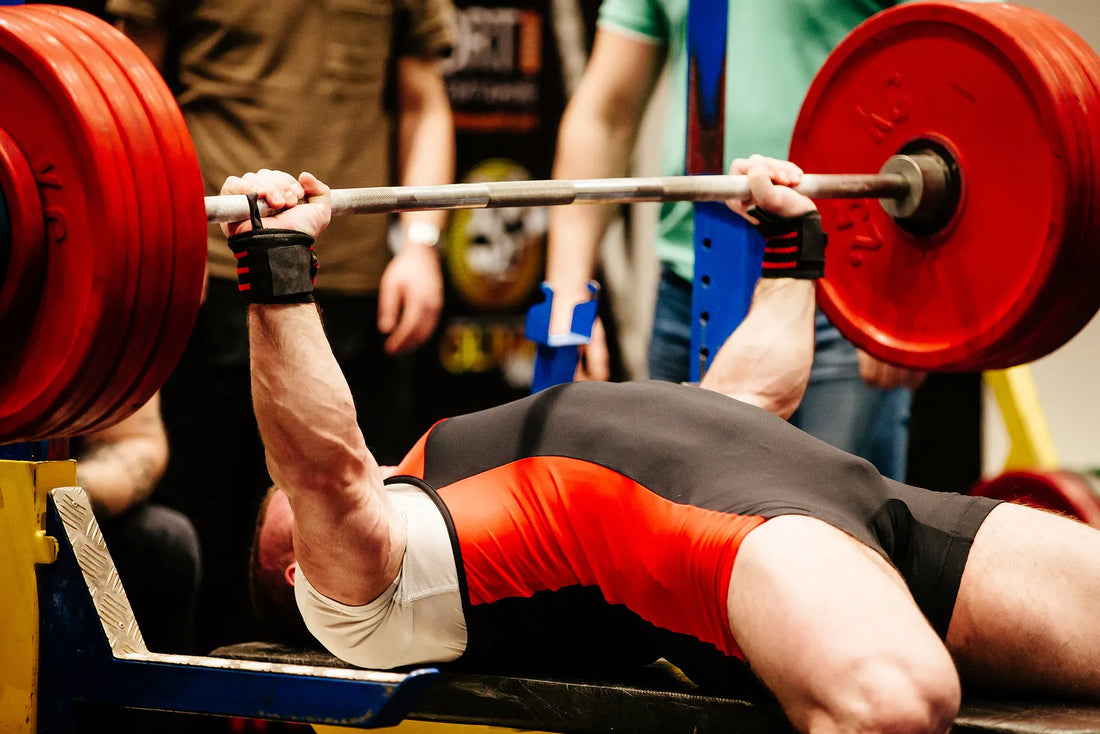
The Powerlifter's Cool-Down: Why 5 Minutes Can Speed Up Your Recovery
After your last heavy set, the temptation is to collapse in a heap or head straight for the door. But the 5-10 minutes immediately following your workout are a golden opportunity to kickstart your recovery. A structured powerlifting cool-down is not about "stretching to prevent soreness," but about shifting your body from a high-stress state to a recovery state. This guide will explain the why and how of an effective cool-down.

The "Why": Shifting from "Fight or Flight" to "Rest and Digest"
A heavy lifting session puts your body into a state of high alert, dominated by the sympathetic nervous system ("fight or flight"). Your heart rate is elevated, and stress hormones like cortisol are high. The goal of a cool-down is to actively promote a shift to the parasympathetic nervous system ("rest and digest").
-
The Benefits:
- Gradual Heart Rate Reduction: A cool-down helps your heart rate and blood pressure return to normal levels gradually, which is healthier for your cardiovascular system.
- Promotes Relaxation: It can help reduce muscle tension and initiate the mental relaxation process.
- Improved Recovery: By signaling to your body that the "threat" is over, you can more quickly shift into a state of repair and adaptation.
This concept of down-regulating the nervous system post-exercise is a key component of modern recovery science, supported by health authorities like the American Heart Association.
A Practical 5-10 Minute Cool-Down Protocol
1. Light Cardio (2-5 minutes)
- What to do: Very low-intensity activity.
- Examples: A slow walk on the treadmill (no incline), or very light cycling on a stationary bike with minimal resistance.
- Why: This helps to gradually lower your heart rate and can aid in flushing metabolic byproducts from your muscles.
2. Static Stretching (2-3 minutes)
- What to do: Gentle, sustained stretches for the muscles you just worked. Hold each stretch for 20-30 seconds. Do not stretch to the point of pain.
- Why: While static stretching's role in preventing soreness is debated, it is an effective way to improve flexibility and can be very relaxing post-workout.
-
Examples after a Squat/Deadlift Day:
- Couch Stretch (for quads and hip flexors)
- Pigeon Pose (for glutes and hip rotators)
- Seated Hamstring Stretch
-
Examples after a Bench Press Day:
- Doorway Pec Stretch
- Cross-Body Shoulder Stretch
3. Diaphragmatic Breathing (1-2 minutes)
- What to do: Lie on your back with your knees bent. Place one hand on your chest and one on your belly. Inhale slowly through your nose, focusing on making your belly rise (not your chest). Exhale slowly through your mouth.
- Why: This is the most powerful part of the cool-down. Deep, slow breathing is a direct signal to your brain to down-regulate and shift into a parasympathetic state, as detailed in our Breathing and Bracing Guide.
Your training doesn't end with your last rep. A simple, 5-10 minute cool-down is a small investment that pays huge dividends in recovery. By gradually lowering your heart rate, performing some gentle stretches, and finishing with focused breathing, you can accelerate your body's transition into a state of repair. This simple habit can lead to better recovery, reduced stress, and improved readiness for your next hard session.








